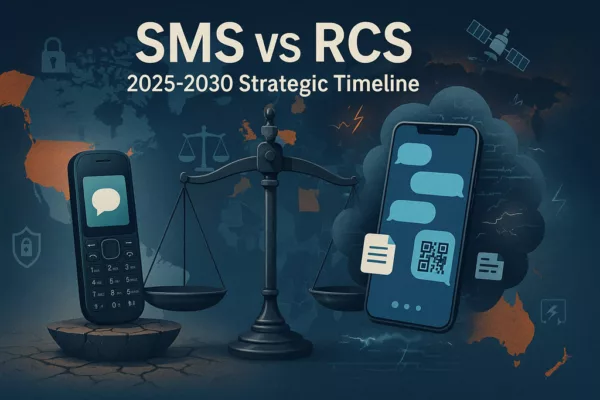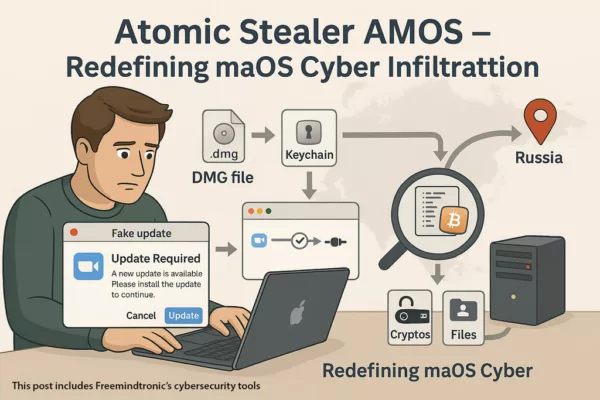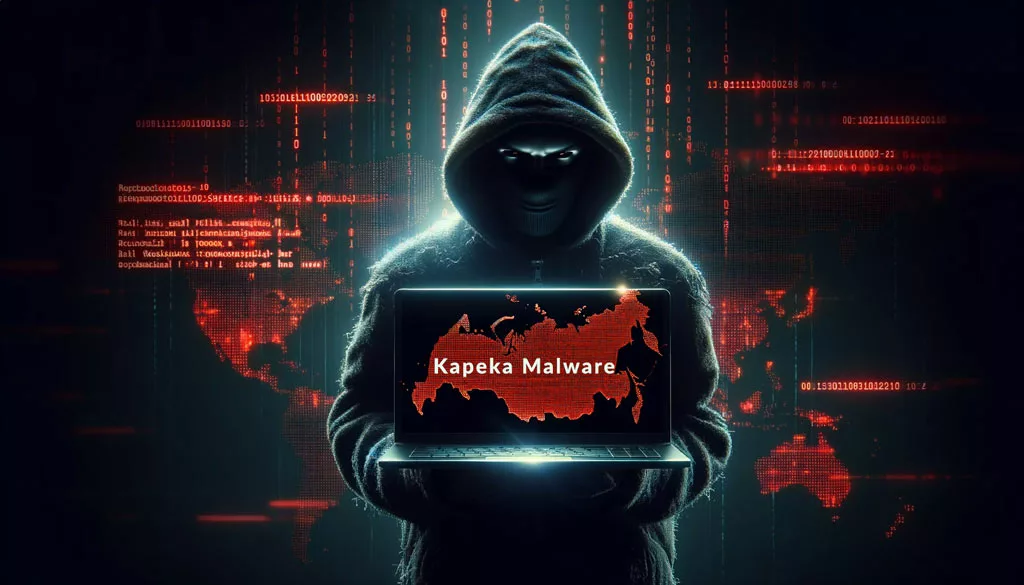Russian Espionage Hacking Tools: Discovery and Initial Findings Russian espionage hacking tools were uncovered by Google’s Threat Analysis Group (TAG) on August 29, 2024, during an investigation prompted by unusual activity on Mongolian government websites. These sites had been compromised for several months. Russian hackers, linked to the SVR, embedded sophisticated malware into these sites […]
Stay informed!
Join our community of technology enthusiasts! Subscribe to our newsletter and receive exclusive updates on the latest news, special offers, and tips from Freemindtronic. Stay informed on the latest technology trends, discover new products, and be among the first to take advantage of them. Sign up now by entering your email address below. Don't miss any updates from Freemindtronic!







